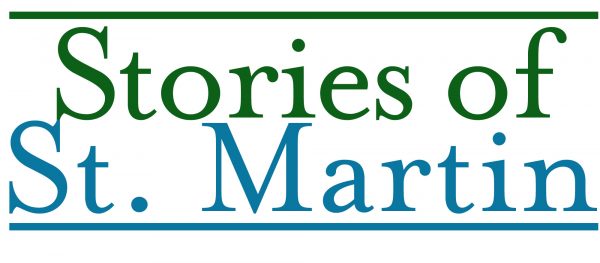St. Martin’s status as a two-nation island is often recited as a piece of trivia. It is called the smallest island split by two countries, though strictly speaking that’s not true. Although we know that the split is something that makes the island unique, we don’t always give context to this fact. What is the story behind the trivia? What does it tell us about what St. Martin was, and what it is today?
This is a story that can be taken in many directions, but let’s try out this one: St. Martin was split out of necessity—out of practicality. Neither the Dutch nor the French had the resources to claim, colonize and defend the whole island. The Treaty of Concordia that divided St. Martin explicitly calls for the joint defense of the island against attackers threatening either side. St. Martin was at the edge of European influence. It was on the frontier, so a frontier runs through it.

This perspective on the splitting of St. Martin leads us to a variety of related thoughts. St. Martin has a culture all its own that is clearly neither French nor Dutch. These colonial powers controlled laws and land ownership, and brought slavery to the island, but they didn’t really define its culture.
In fact, one could argue that connections with other Caribbean islands were, in many ways, closer and more important than connections with Europe. English has always been spoken here, and St. Martin families have connections throughout the region.
Connections across the two sides of the island are even stronger. For over 100 years, Simpson Bay was separated from Philipsburg by water, but was tightly connected to Marigot. Estates spanned the two sides of the island. Today, many prefer the terms North and South over French Side and Dutch Side.
Today, St. Martin is a melting pot of people and cultures. But that truly goes back all the way to the beginning of its history. It was a frontier land where planters from other nations were encouraged to farm. It is a place where African traditions persisted and evolved, despite the horrors of slavery. It was closely connected to the islands around it, a crossroads in the Caribbean. This perspective tells us much about what St. Martin is today, what makes it unique and what makes it strong.
There is, of course, another story that is told about the splitting of the island: a Frenchman and a Dutchman—each drinking a different alcohol—head off in opposite directions around the coast. They divide the island at the spot where they meet up again. It’s not literally true, but perhaps there is some meaning to the story and the fact that we still tell it.
What is your tale of two countries? What does the border mean to you? Write in to The Daily Herald, or to info@lesfruitsdemer.com and share your thoughts!

